In this tour, get to know:
 (cc) Алексей Белобородов / CC BY-SA 4.0
(cc) Алексей Белобородов / CC BY-SA 4.0
The Upper Town
The Upper Town represents the oldest part and core of Belgrade Fortress. On the Upper Town plateau, the oldest remains of a settlement dating back to the Neolithic – also known as the New Stone Age – were discovered. After the Roman conquest, the Upper Town we see today was...
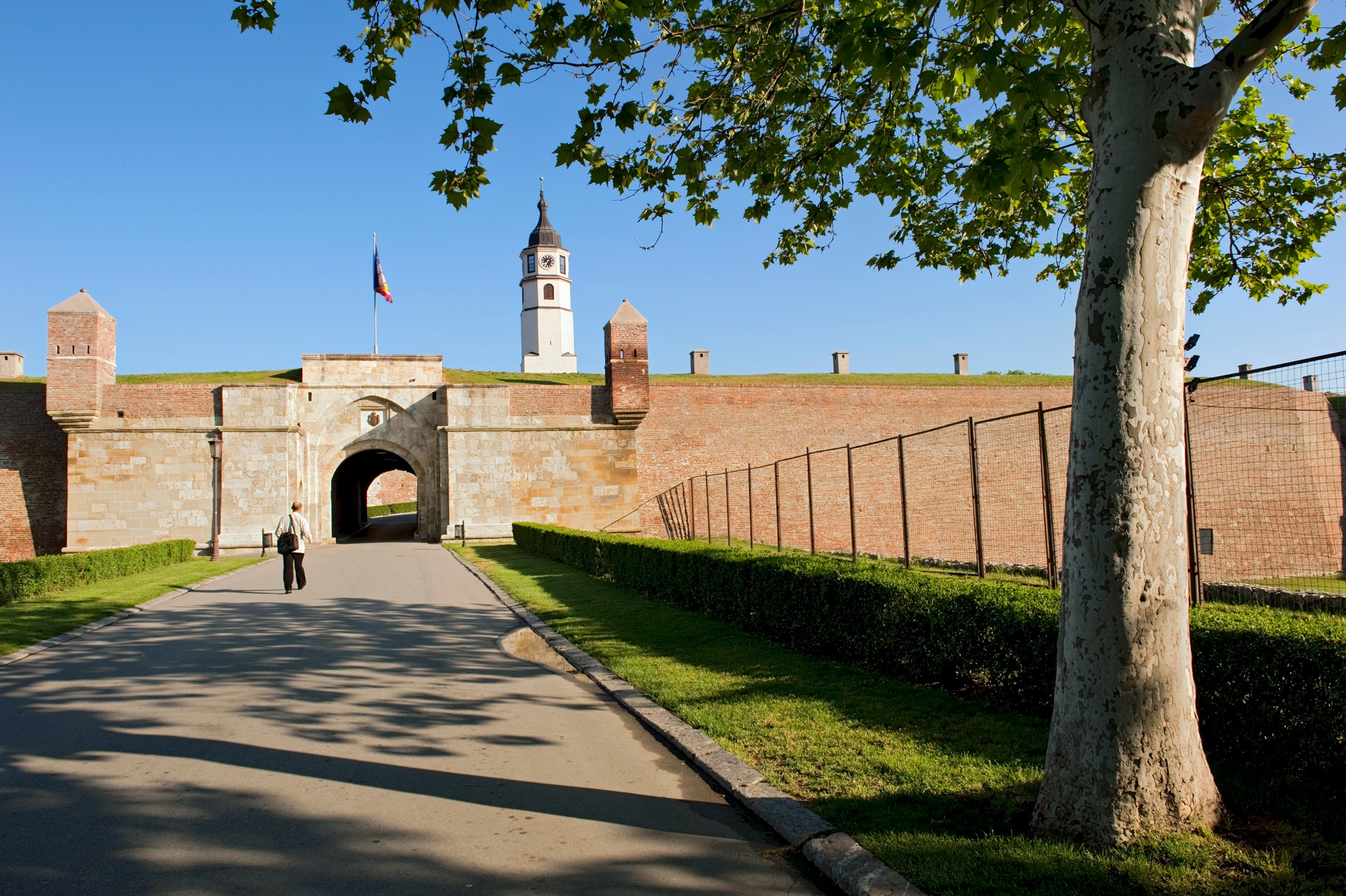 © Beogradska Tvrdjava
© Beogradska Tvrdjava
Stambol Gate
Stambol Gate got its name because of its position on the main road towards Constantinople (Istanbul), with Stambol being a shortened name for Istanbul. It was built on the site of the former “Constantinople Gate,” which was erected during the great Austrian reconstruction of the fortress and was destroyed during...
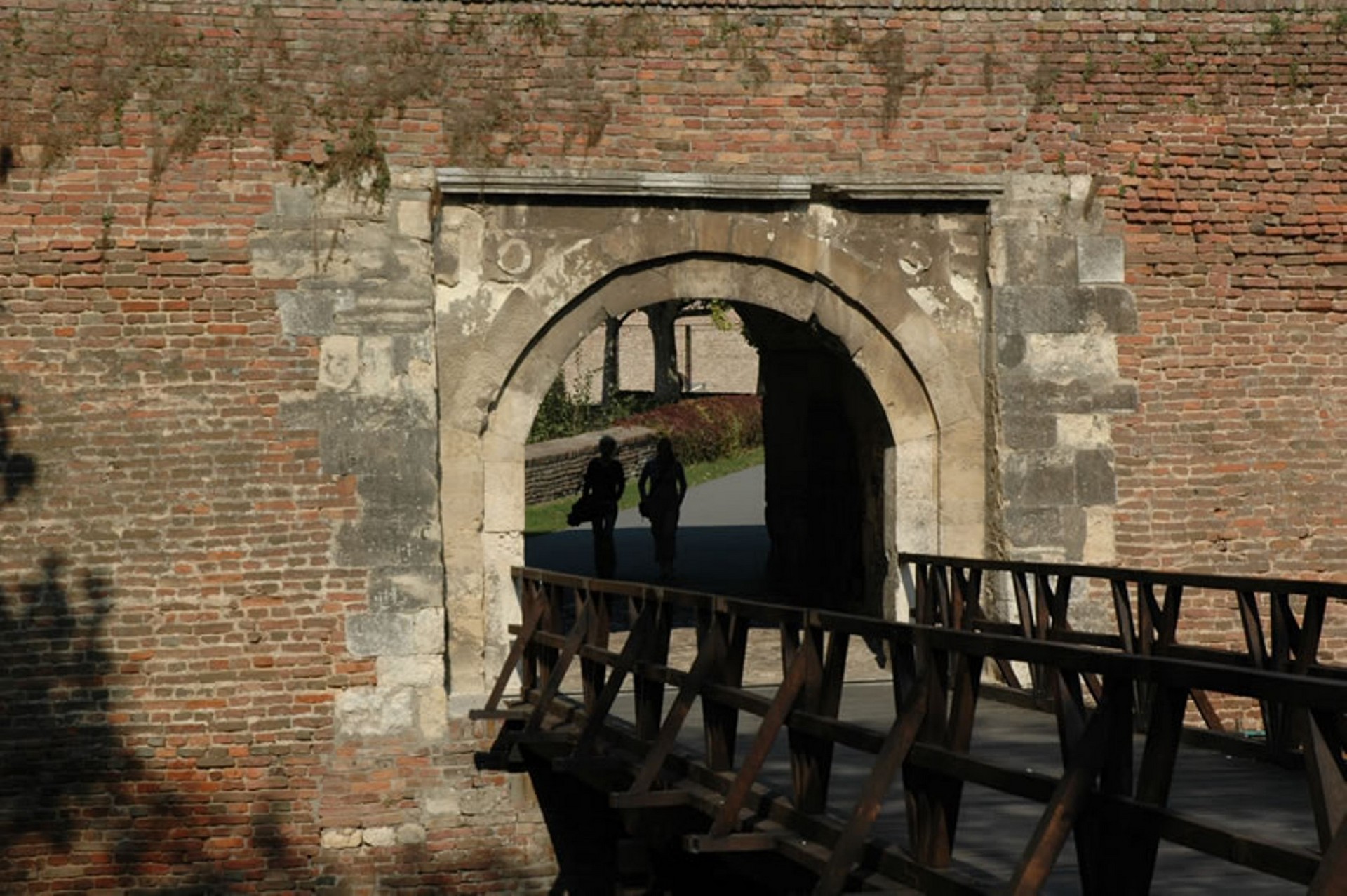 © Beogradska Tvrdjava
© Beogradska Tvrdjava
Karađorđe’s Gate
Karađorđe’s Gate takes its name from Karađorđe Petrović, the famous leader of the First Serbian Uprising, which lasted from 1804 to 1813. It was named in memory of Karađorđe’s arrival at the fortress with the Serbian Uprising Army at the beginning of 1807. Karađorđe’s Gate went unused for a long...
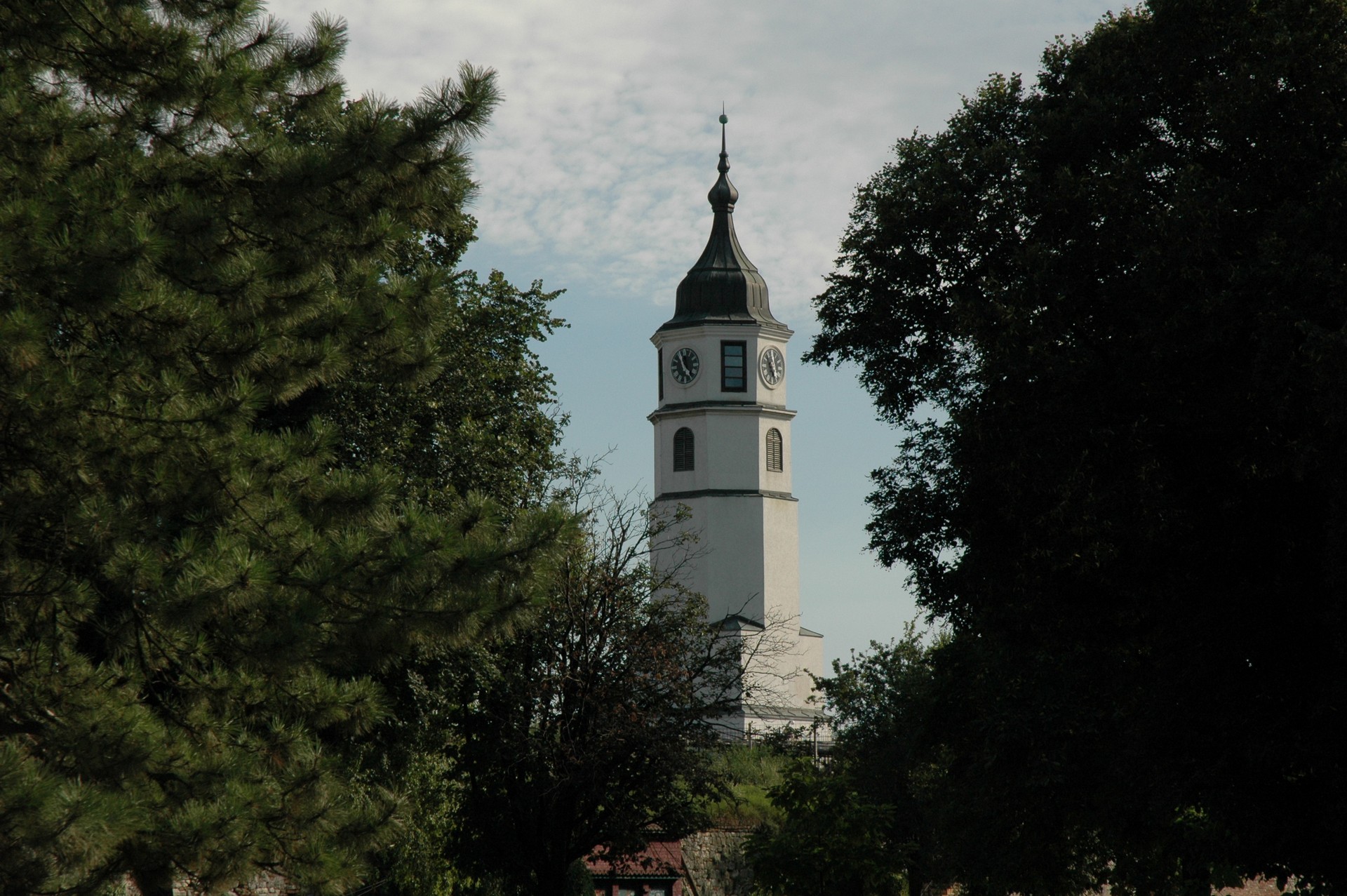 © Beogradska Tvrdjava
© Beogradska Tvrdjava
Sahat Gate and Sahat Tower
Sahat Gate serves as the main entrance to the Upper Town. It was built just after the Austrians conquered the city in 1688. Although the gate was built first, it was named after Sahat Tower, which was constructed above it in the middle of the 18th century. Sahat Tower is...
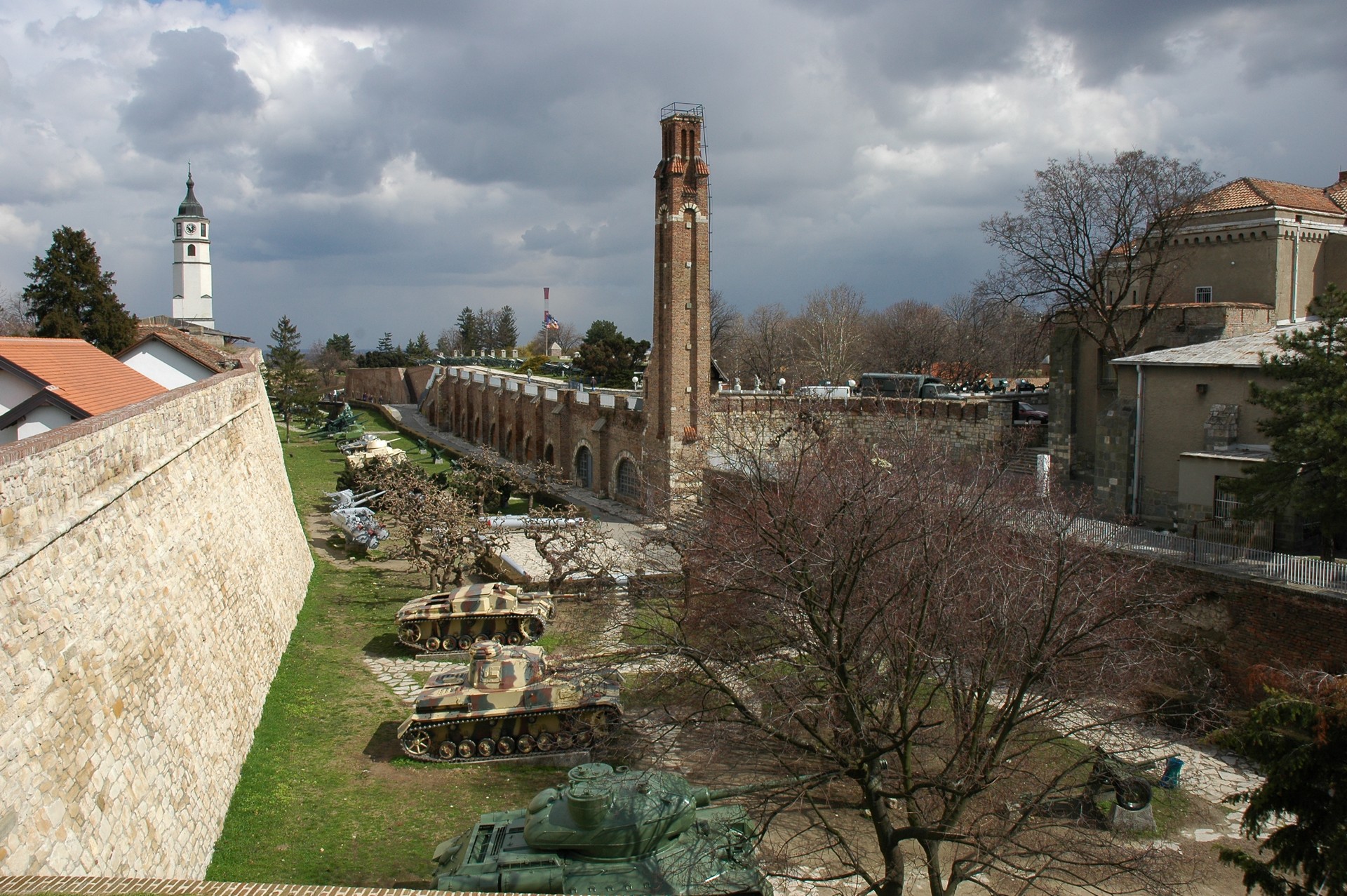 © Beogradska Tvrdjava
© Beogradska Tvrdjava
The Military Museum
The Military Museum was opened in 1904, but previously it had been located in the building that today houses the Cultural Monument Protection Institute. In 1961, the museum was reopened in its present-day building. Among the Military Museum’s collection, you can see weapons, uniforms, flags, medals, archives, works of art,...
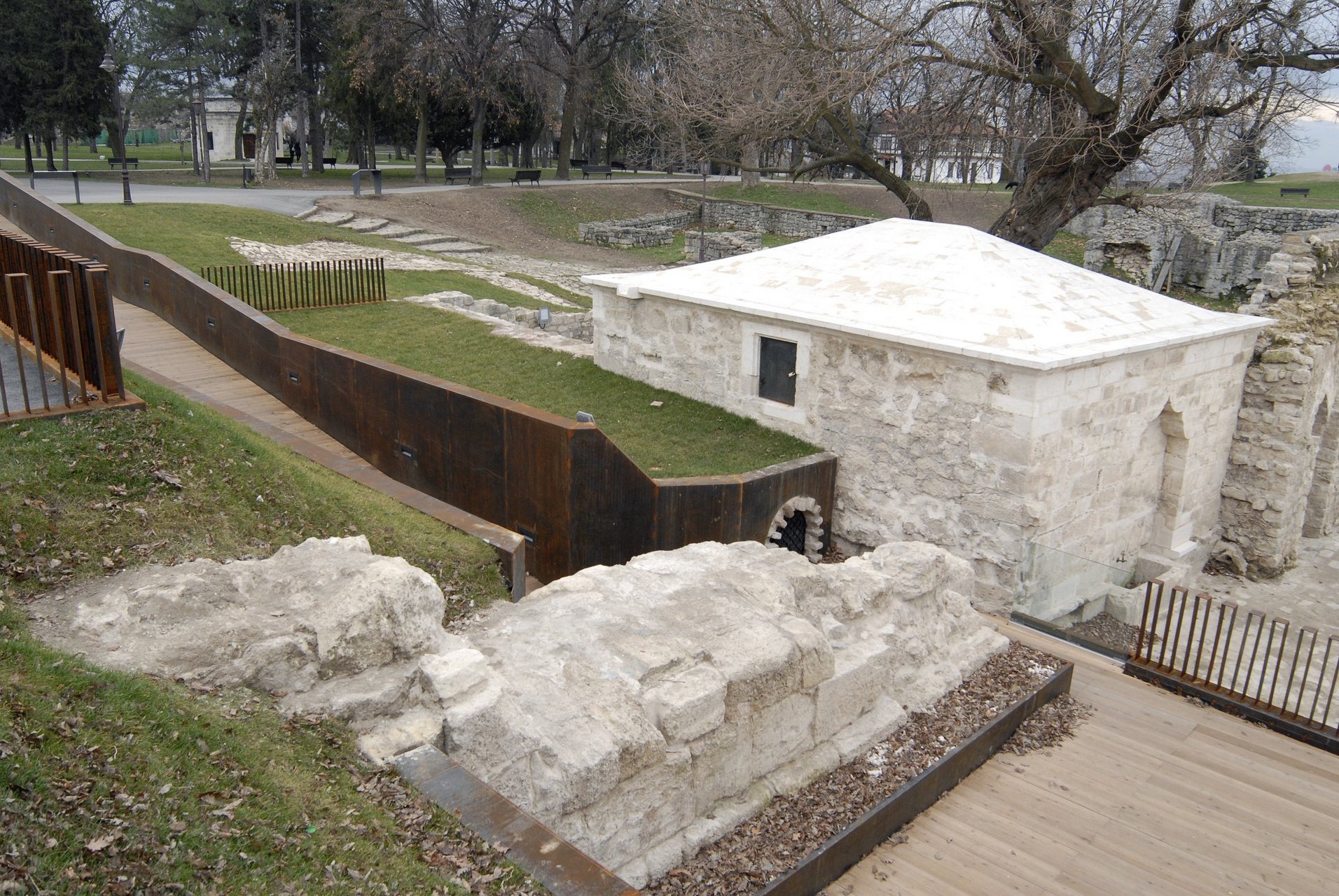 © Beogradska Tvrdjava
© Beogradska Tvrdjava
Mehmed-Paša Sokolović Fountain
Mehmed-Paša Sokolović Fountain was erected between 1576 and 1577. It was the only endowment this well-known Turkish vizier left to the city of Belgrade. It is one of the rare example of a structure that has been through many changes over several centuries, but has still kept its original function....
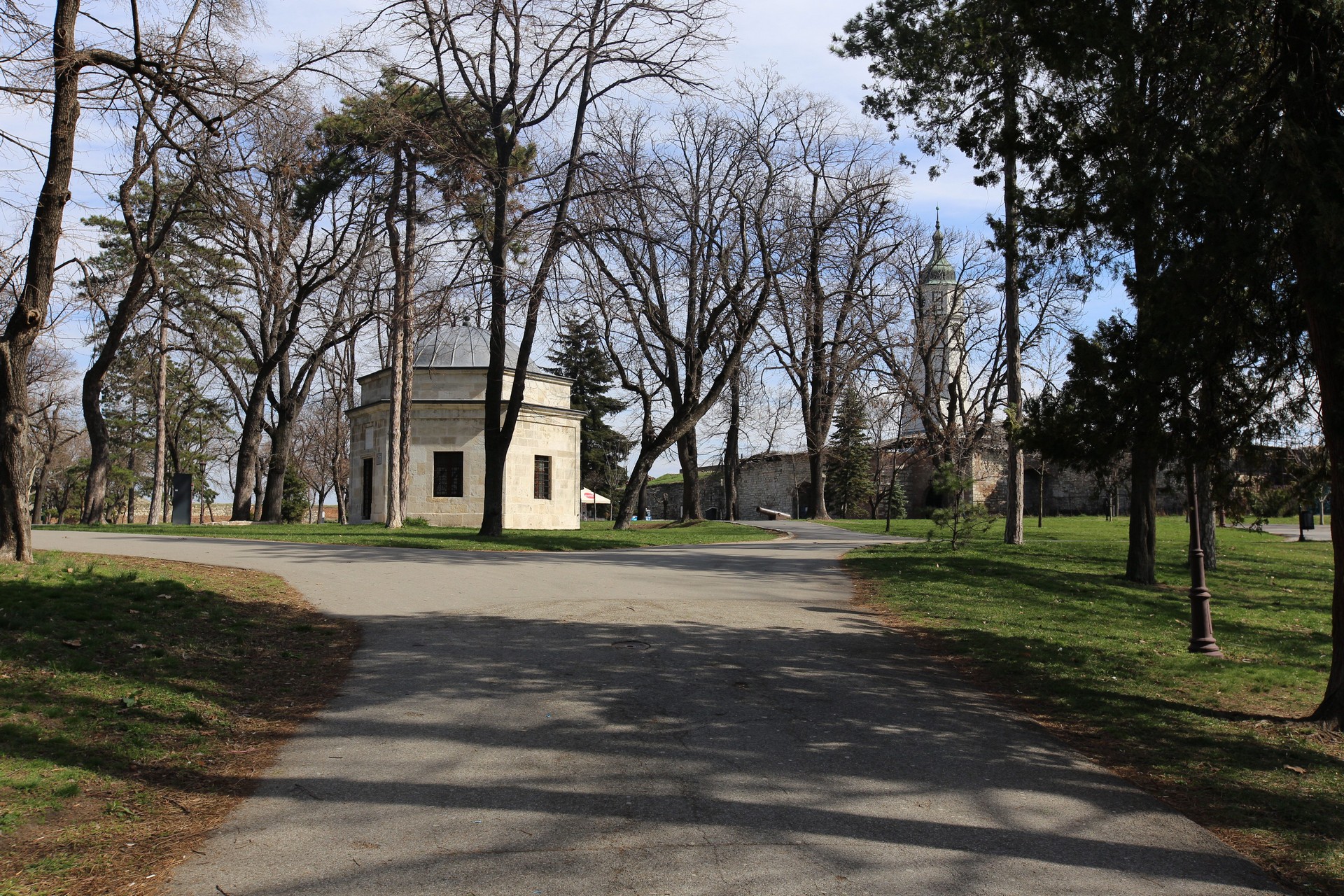 © Beogradska Tvrdjava
© Beogradska Tvrdjava
Damad Ali-Paša’s Mausoleum
Damad Ali-Paša’s Mausoleum is one of the rare examples of preserved Turkish architecture in Belgrade. It was erected in 1784 on the burial site of Izet Mehmed-Paša, former commander of Belgrade. The building was damaged during the First Serbian Uprising. It was restored in 1818 and 1819 by Belgrade governor...
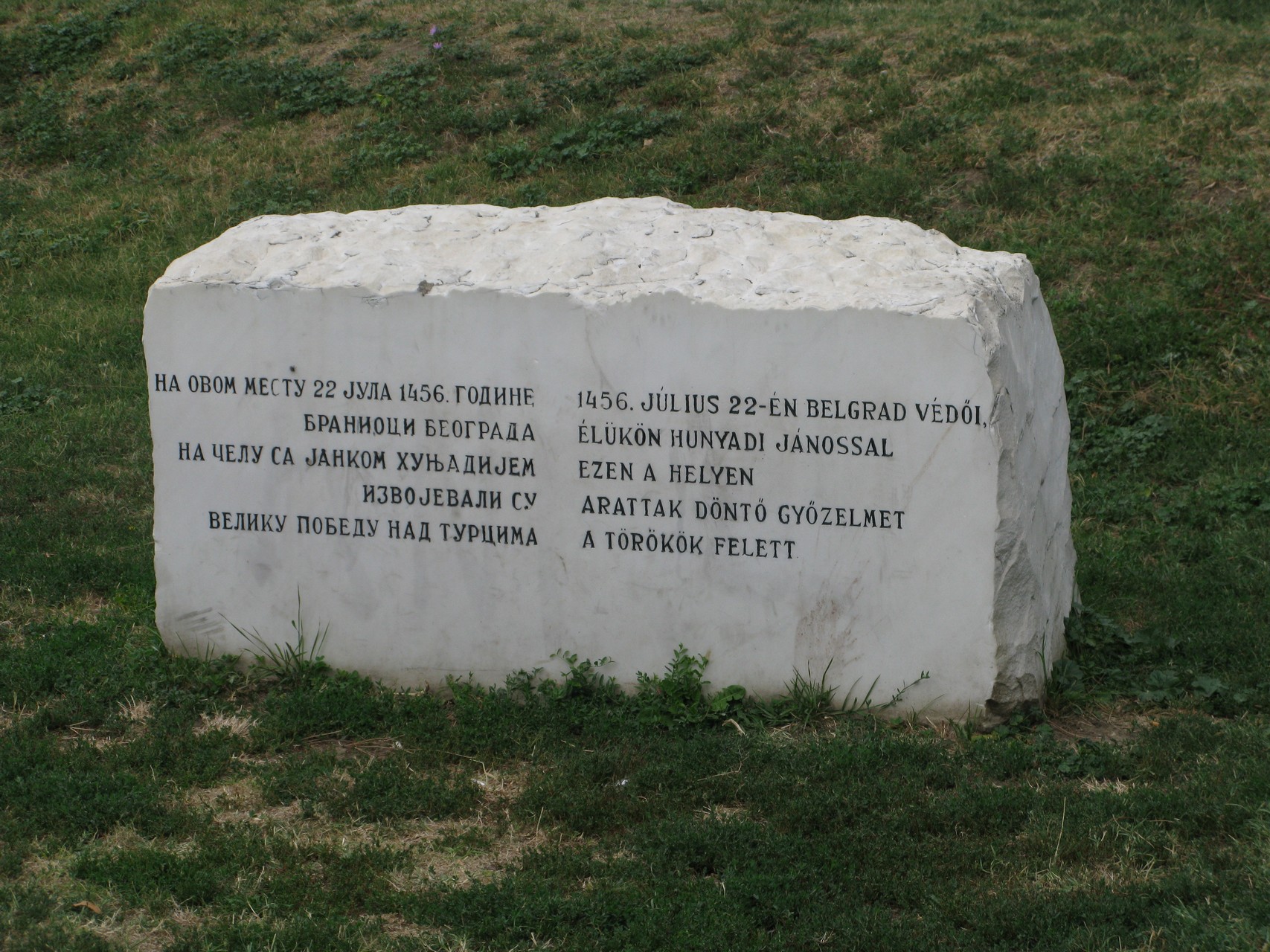 (cc) Marko Kudjerski/CC BY-2.0
(cc) Marko Kudjerski/CC BY-2.0
The Turkish Siege Memorial Monument
The Turkish Siege Memorial Monument commemorates the biggest and most famous battle in Belgrade’s history, which took place on the night between July 21 and 22, 1456. After the battle the Turks were forced to retreat, and Belgrade became known as “The Bastion of Christianity.” During this battle, two heroes...
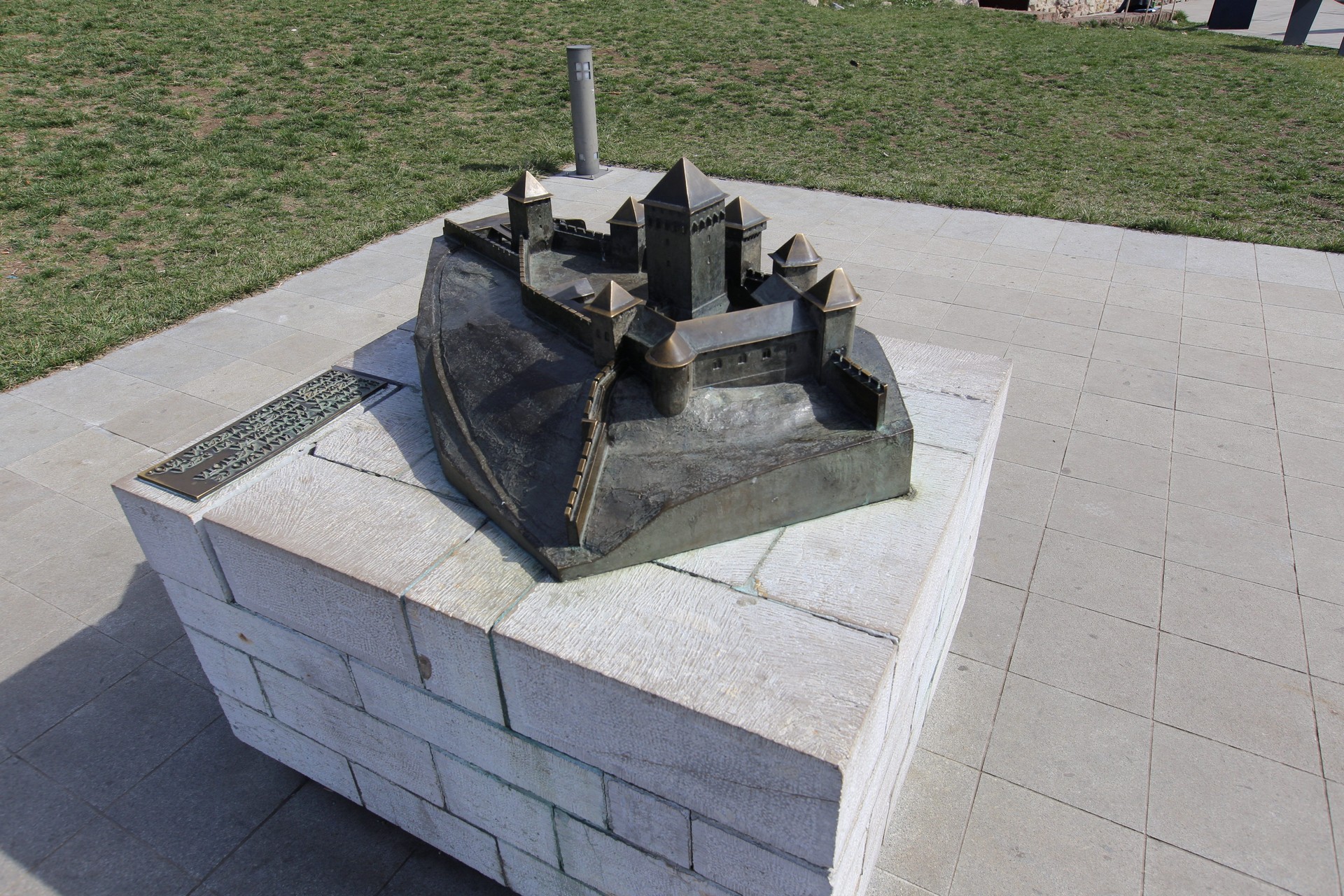 © Beogradska Tvrdjava
© Beogradska Tvrdjava
Despot Stefan’s Castle
The miniature model of the castle of Despot Stefan Lazarević is displayed close to the spot where the center of the medieval castle used to be. The castle was built in the first decade of the 15th century on the site of a large manor house from the 12th century....
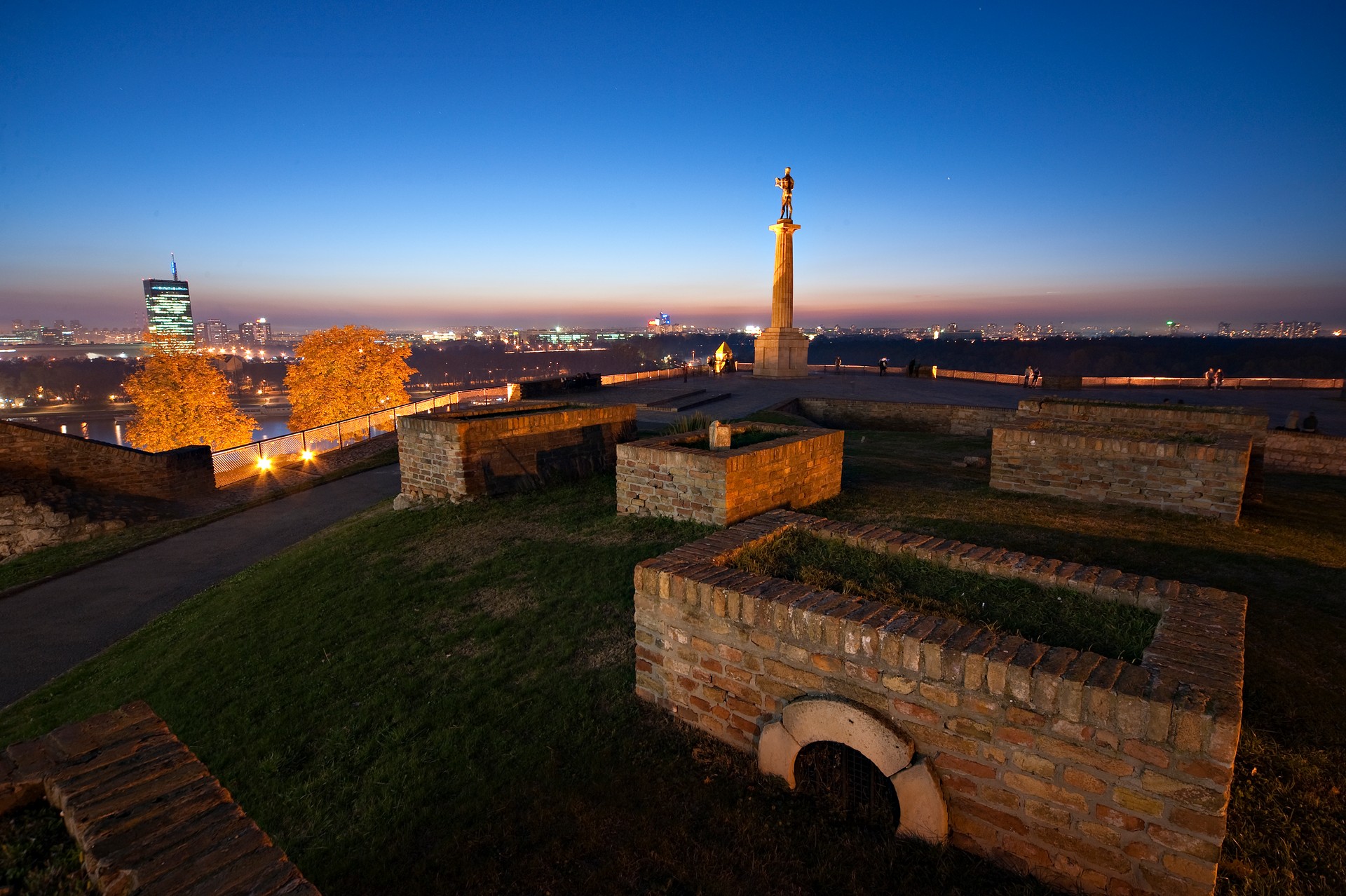 © Svetlana Dingarac
© Svetlana Dingarac
The Victor Monument
The Victor Monument is a famous symbol of Belgrade. It was created by sculptor Ivan Meštrović. It is dedicated to Serbia’s victory in the Balkan Wars from 1912 to 1913. The monument’s construction was delayed by the beginning of World War One in 1914. It was officially unveiled in 1928...
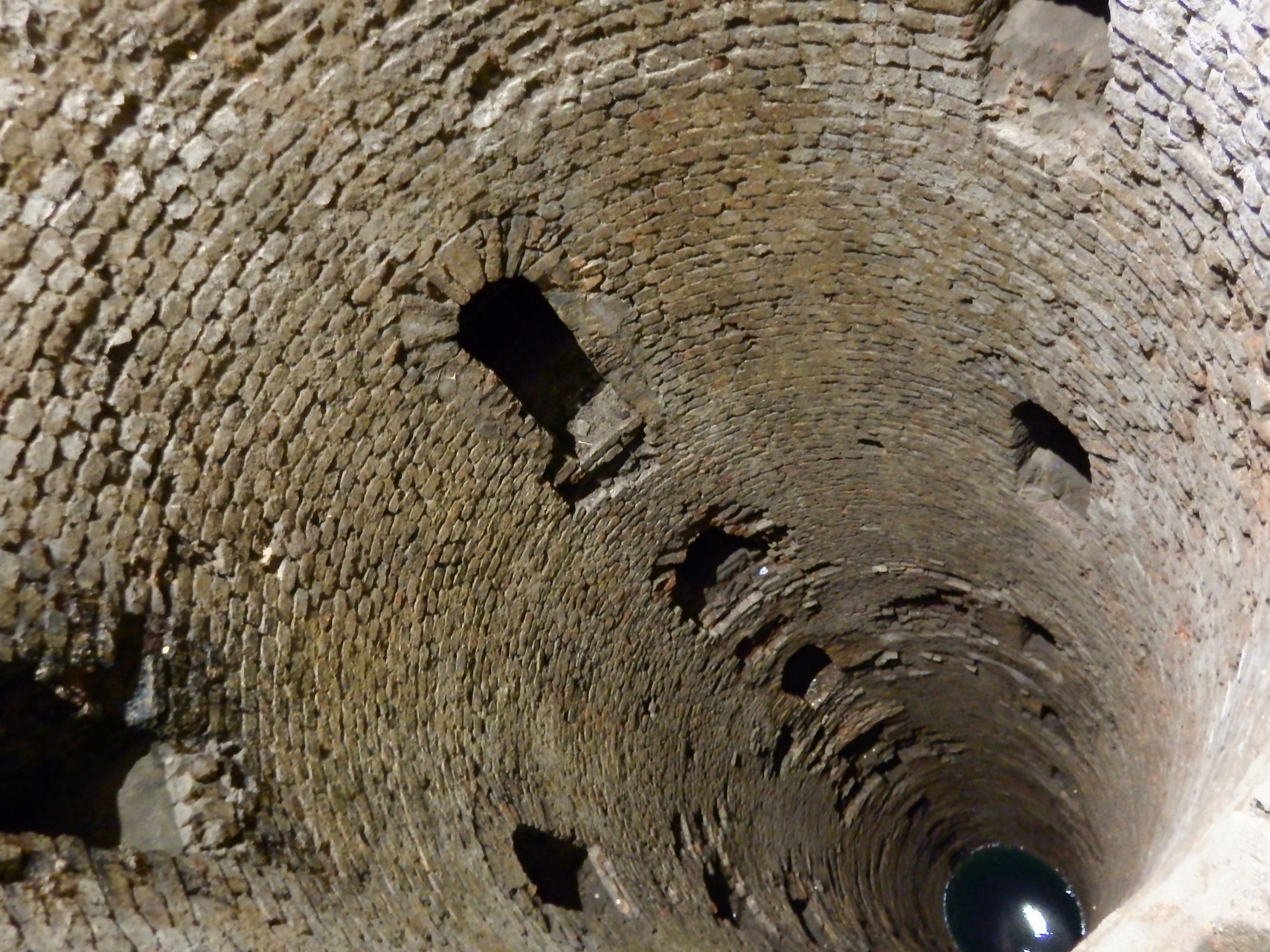 © Beogradska Tvrdjava
© Beogradska Tvrdjava
The Roman Well
The Roman Well was built between 1717 and 1731, during the great Austrian reconstruction of the fortress. The name “Roman Well” was only recorded for the first time in the 19th century. It was based on an old local tradition whereby people would often assume that any old building of...
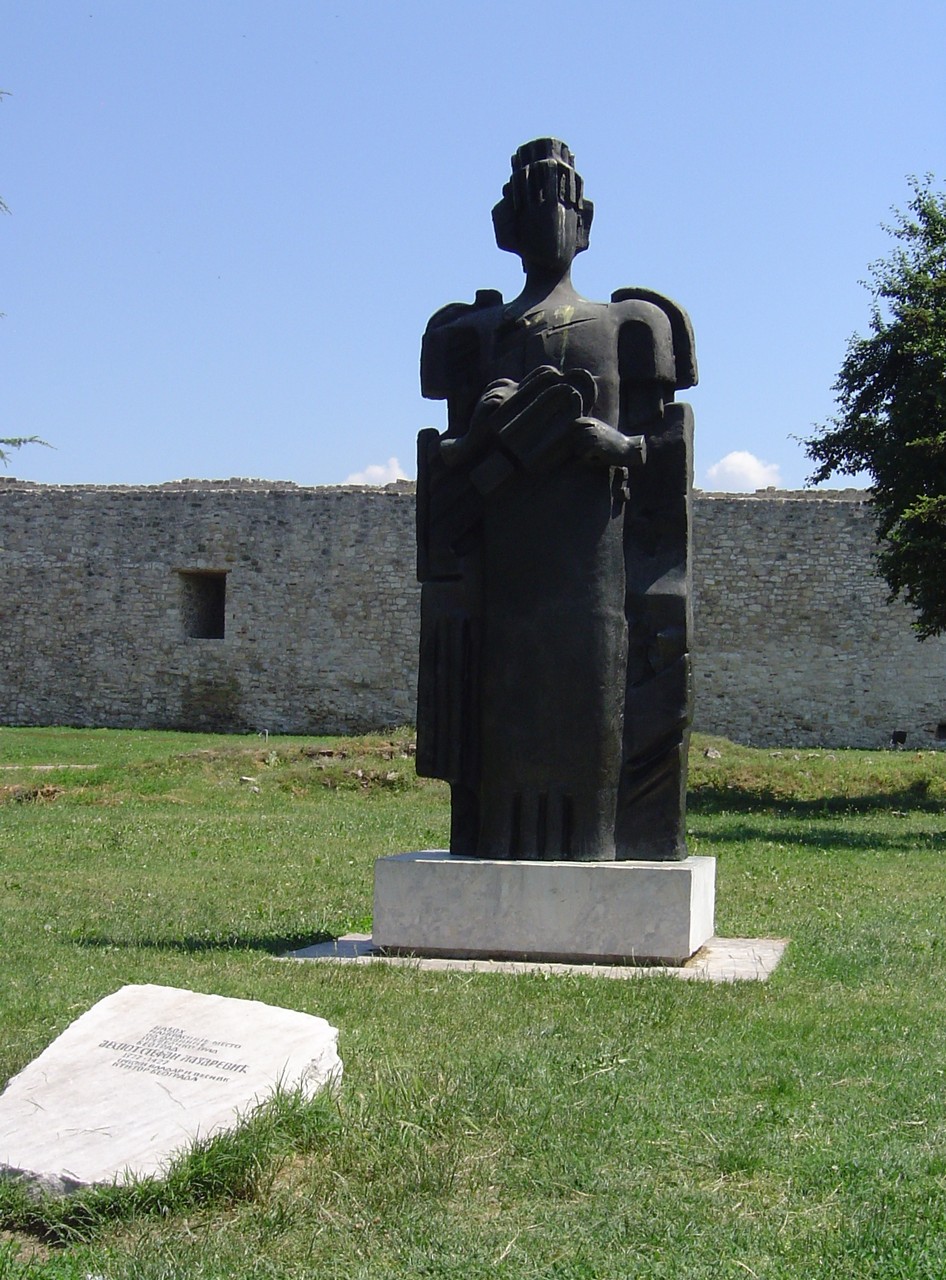 (cc) Matija / CC BY-SA 3.0
(cc) Matija / CC BY-SA 3.0
The Monument to Despot Stefan
The Monument to Despot Stefan was erected in 1981 on the Upper Town plateau of Belgrade Fortress. The bronze statue, which is 3.2 m tall with a pedestal of 40 cm, depicts Despot Stefan, during whose reign Belgrade became the Serbian capital for the first time in 1404. Famous Belgrade...
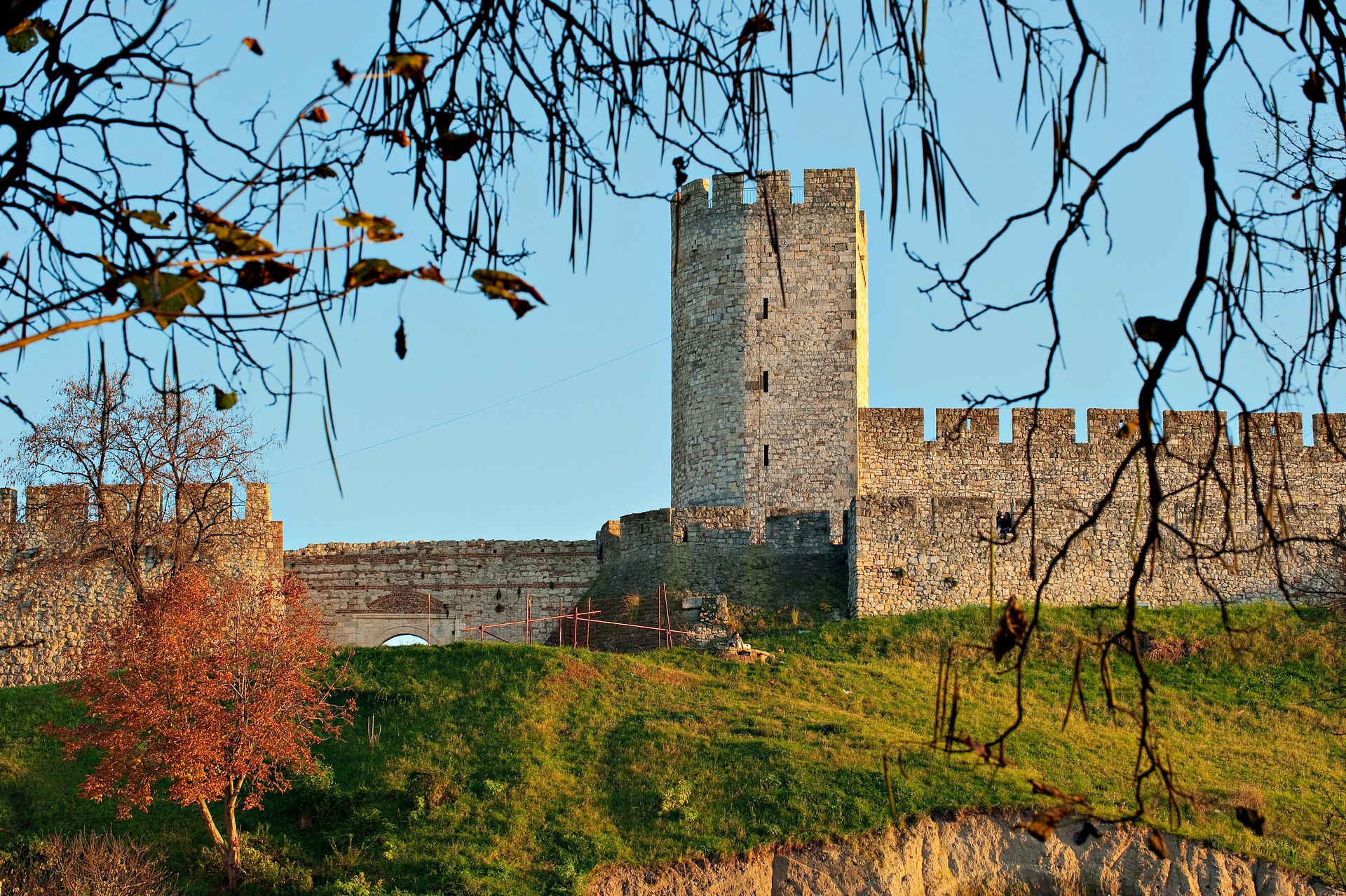 © Svetlana Dingarac
© Svetlana Dingarac
Despot’s Gate and the Commander’s Tower
Despot’s Gate and the Commander’s Tower is often called the East Upper Town Gate. In medieval times, the main entrance to Belgrade Fortress was located here. It was built at the same time as the walls of the Upper Town at the beginning of the 15th century. It has been...
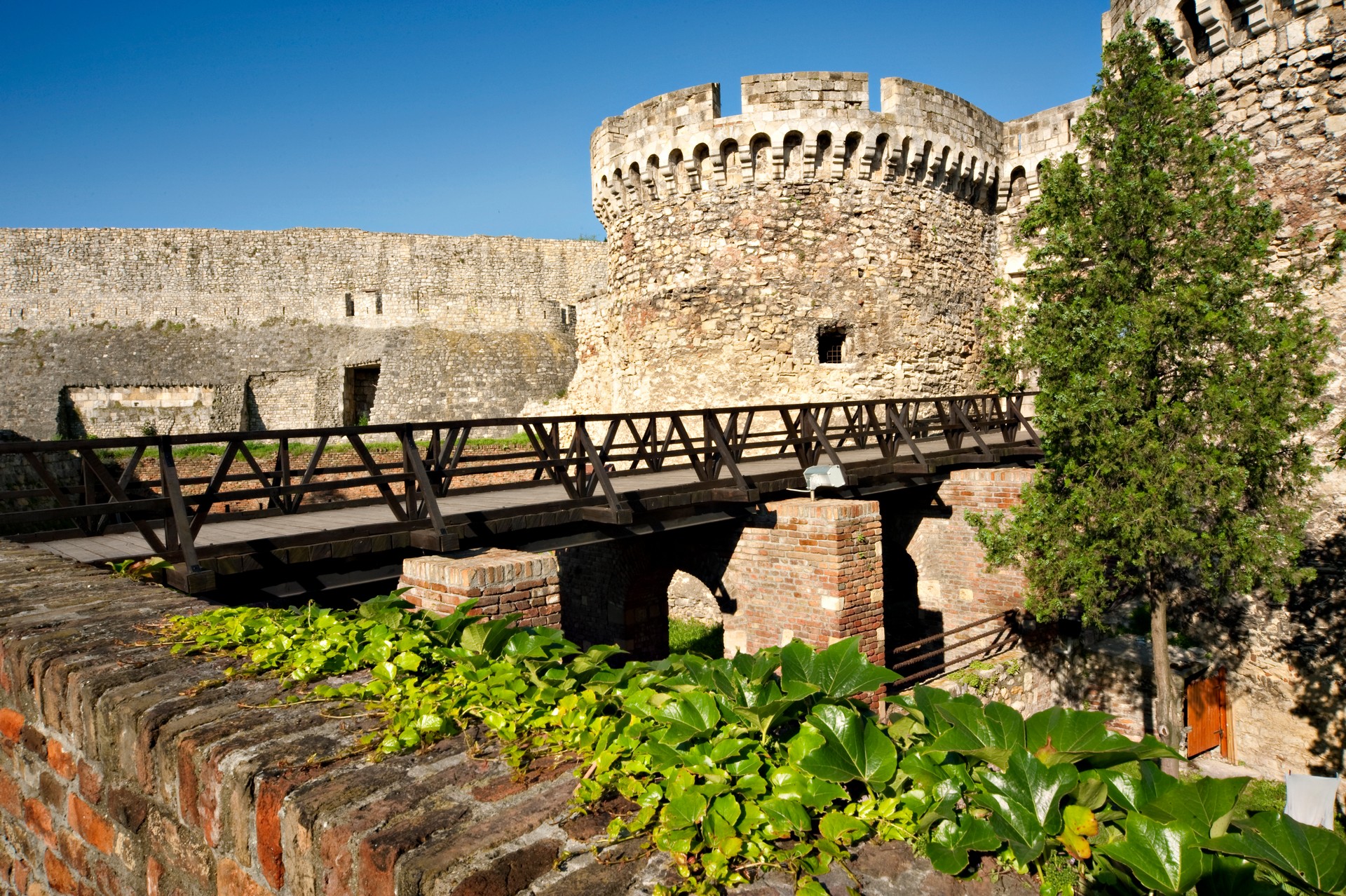 © Svetlana Dingarac
© Svetlana Dingarac
 © Svetlana Dingarac
© Svetlana Dingarac
Zindan Gate Complex
Without a doubt one of the most recognizable images of Belgrade Fortress is Zindan Gate – a gate adorned with striking semicircular towers. The complex was erected in the mid-15th century as a pre-fortification to protect the main entrance to the Upper Town. During the great Austrian reconstruction works in...